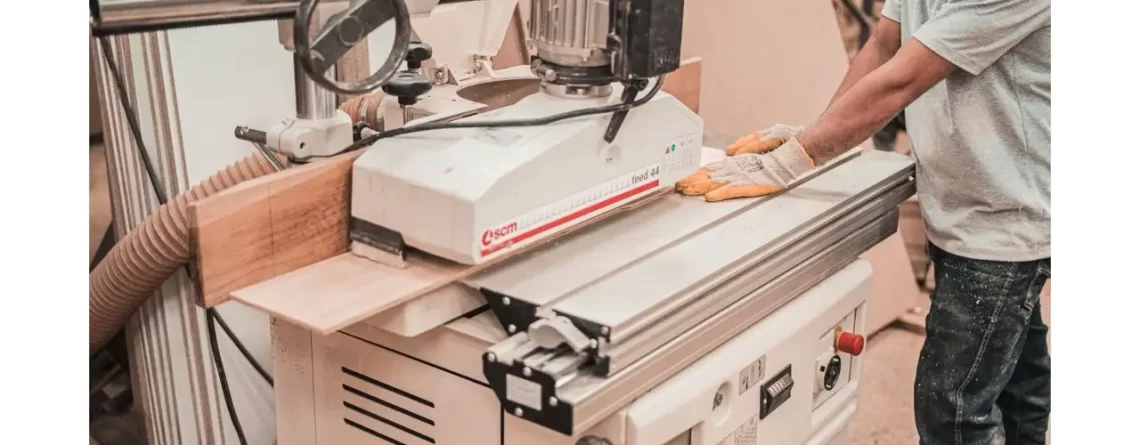There is a deduction for the self-employed, which is quite unknown. It is the deduction for investment in machinery or new assets that you buy.
Fulfilling a series of requirements, if the damned requirements, you can apply a 5% reduction in your income tax return (IRPF).
In the lines of this article, we are going to develop this a little more and see when it benefits you to invest in new machinery and maximise your deduction.
Deduction for investment in new assets
Deduction of 5% on income
If you are an individual or self-employed entrepreneur under a direct estimation regime, you can generally enjoy a deduction in your personal income tax of 5% of your investments in new elements of tangible fixed assets or real estate investments that you acquire for your economic activity.
For example:
- You can enjoy this deduction if you are a dentist who acquires a new ophthalmological chair for your consultation or who buys a local (material fixed assets).
- Likewise, you can also apply the deduction if you carry out an economic activity of renting real estate (with a full-time worker) and acquire a home or premises for that activity.
Basis of the investment deduction
However, remember that, if the amount of the investment is high compared to the net returns of the activity, the basis of this deduction may be limited:
- Specifically, the deduction base cannot exceed the positive general taxable base of the personal income tax that corresponds to the net returns of the activity that you obtain between the year of the investment and the previous one.
- If the investment exceeds this limit, the excess is not entitled to the incentive.
In addition, if in the previous year you already enjoyed the deduction, you will not be able to re-compute the part of the taxable base of that period on which you have already applied the deduction.
Accumulation of the deduction for investment
As indicated, in the same year the net returns of that year and those of the previous year can be “invested” in acquiring new assets.
However, the law does not require these returns to be allocated to different assets, so it should be understood that they can be accumulated and allocated to the same good.
Thus, for example, you could accumulate the net returns of 2024 (those that you have not allocated to make investments in that year) and those that you obtain in 2025 and make a significant investment with them in 2025.
Best time to invest
Taking into account this possibility of “accumulating” the two-year returns to carry out new investments, try to maximise the applicable deduction: if you are going to make an investment of considerable amount, do it in an exercise that allows the deduction base to be as high as possible.
Example of deduction for investment
Buy a new place
Your business is doing well, so you are considering acquiring a new construction premises (which will entitle you to the deduction).
Well, if the acquisition value of the premises is 200,000 euros and you plan to have the keys delivered at the end of this year, check if it is more convenient for you to acquire it at the end of 2025 or wait until the beginning of 2026.
In your case, you foresee that the personal income tax base corresponding to the income from the activity in 2024, 2025 and 2026 will be 50,000, 90,000 and 120,000 euros, respectively.
What is the optimal year to invest?
If you do not plan to make other investments in 2026, waiting until that year to acquire the premises allows you to enjoy a greater deduction (3,000 euros):
| Concept | Invest in 2025 | Invest in 2026 |
| Deduction basis | 140.000 (1) | 200.000 (2) |
| Deduction 5% | 7.000 | 10.000 |
(1) In 2025, the deduction base is limited by the sum of the taxable bases of 2024 and 2025: 50,000 + 90,000 = 140,000.
(2) In 2026, the sum of the taxable bases of 2025 and 2026 is 210,000 (90,000 + 120,000), so the deduction base is the totality of the investment made (200,000).
Please note that the basis of this deduction is limited by the general taxable base that corresponds to the net returns of the investment year and the previous year.
Plan the year in which you are going to make your investments to maximise this incentive.












